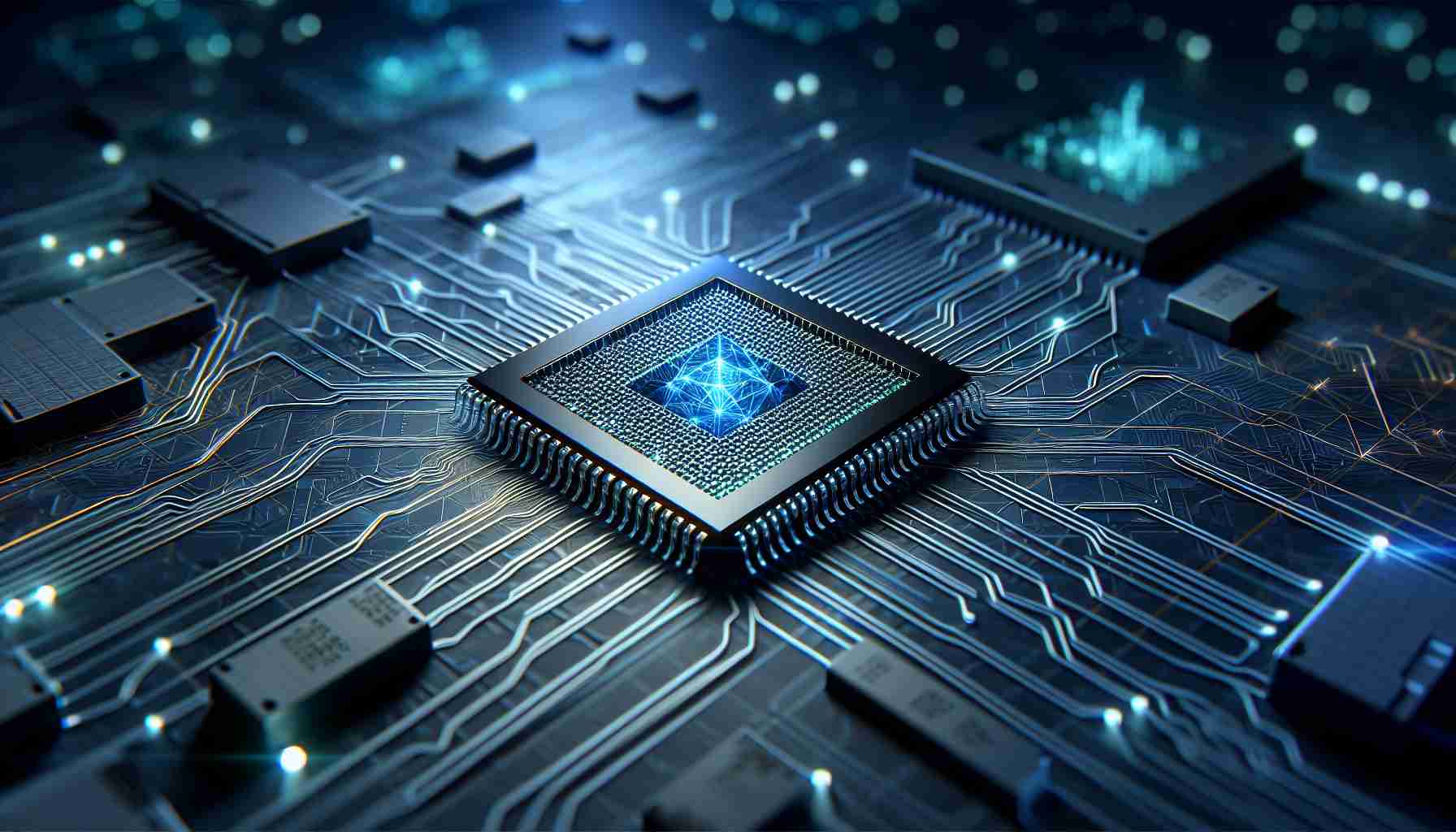A Technological Breakthrough on the Horizon: The world of semiconductors is on the brink of a monumental shift, ushered in by the emergence of graphene as a potent alternative material. For decades, silicon has been the cornerstone of semiconductor technology. However, experts are now eyeing graphene, a mere one-atom-thick layer of carbon, as a game-changer due to its exceptional properties.
Why Graphene Stands Out: With its extraordinary electrical conductivity, strength, and flexibility, graphene presents an unparalleled set of attributes crucial for the next generation of electronic devices. It offers higher electron mobility, demanding less energy while promising faster processing speeds compared to traditional semiconductors. This could lead to more efficient, smaller, and faster electronics, revolutionizing industries ranging from telecommunications to healthcare.
Challenges and Future Prospects: Although graphene’s potential is vast, its integration into existing production processes poses significant challenges. Manufacturing high-quality, large-scale graphene at a cost-effective rate remains a hurdle yet to be overcome. Researchers worldwide are intensifying their efforts to develop scalable methods that can marry graphene’s properties with affordability and durability.
A Promising Horizon: As the demand for more efficient electronic components continues to surge, the efforts to utilize graphene in semiconductor applications could soon yield results. Should breakthroughs in production occur, we’re likely to witness the dawn of the graphene semiconductor era, potentially transforming the technological landscape in ways previously unimaginable. The future, it seems, might just be a single layer of carbon thick.
Is Graphene Ready to Overcome Silicon in the Next Tech Revolution?
Graphene has emerged as a significant contender in the semiconductor industry, potentially revolutionizing how electronic devices are designed and manufactured. Its underpinning qualities of electrical conductivity, robustness, and flexibility have thrust it into the spotlight as a promising alternative to silicon, which has dominated the field for decades.
Unlocking the Potential: Graphene’s Game-Changing Features
The allure of graphene lies not just in its theoretical superiority but in practical benefits it could bring. Its electron mobility vastly exceeds that of silicon, hinting at faster processing speeds and greater energy efficiency. This makes graphene an ideal candidate for creating smaller, more efficient electronic devices. The implications go beyond speed and efficiency, impacting sectors like telecommunications and healthcare by enabling innovations such as more compact, powerful smartphones or precise, faster medical diagnostic tools.
Navigating Challenges: The Roadblocks to Graphene Integration
While graphene promises much, actualizing its potential requires overcoming substantial hurdles. Chief among these is the manufacturing challenge; scaling up production while maintaining quality and keeping costs down remains elusive. Researchers are currently exploring various techniques, such as chemical vapor deposition and liquid-phase exfoliation, to commercialize graphene production efficiently.
Pros and Cons of Graphene in Semiconductors
Pros:
– High Electron Mobility: Enables faster data processing.
– Energy Efficiency: Reduces energy consumption, prolonging battery life.
– Strength and Flexibility: Makes it suitable for flexible electronics and wearables.
Cons:
– Cost of Production: High costs and complexity hamper large-scale production.
– Integration Issues: Existing infrastructure is built around silicon, requiring significant shifts to accommodate graphene.
Future Predictions: A Graphene-Centric Tech World?
Should scientists and engineers overcome current production challenges, the integration of graphene into mainstream semiconductor technology is likely to transform industries profoundly. The pace at which research is advancing suggests that graphene-based semiconductors might become a reality sooner than anticipated, heralding a new era of technological capabilities.
Market Analysis and Trends
Market interest in graphene continues to grow, with investments pouring into research and development efforts aimed at striking a balance between graphene’s capabilities and economic feasibility. Industry analysts predict a burgeoning market for graphene, driven by innovations in electronics and its potential in other areas such as battery technology.
Innovations on the Horizon
Innovations in graphene manufacturing techniques could lead to its application in a variety of new areas, including flexible displays, advanced bio-sensors, and even energy storage solutions. Continued collaboration between academia, industry, and governments could unlock these possibilities, positioning graphene as a cornerstone of future technological advancements.
For further insights into semiconductor advancements and the latest discussions on cutting-edge materials, check out related resources at Technology Review and Wired.


















